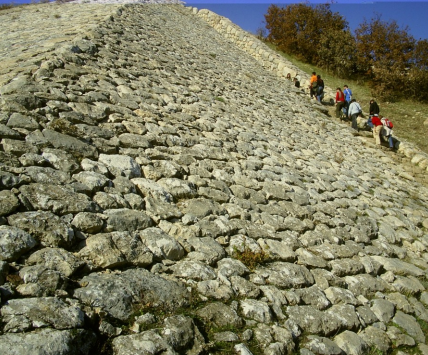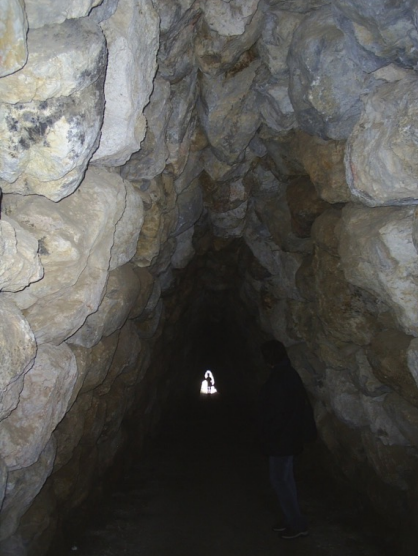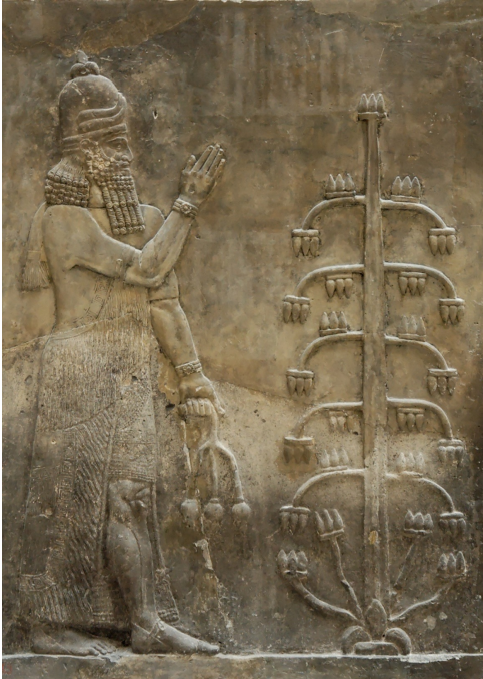Mesapotamia and Anatolia in Bronze and Iron age
1/24
Earn XP
Description and Tags
Unit 2.2
Name | Mastery | Learn | Test | Matching | Spaced |
|---|
No study sessions yet.
25 Terms
What period did the bronze age last?
1650-1180 BC - Bronze Age
When was the capital of the Hittite Empire formed?
Hattusha formed around 1600 BC - Hittite people
What were the key features of the Hittite Empire?
political, social unification - ruled a huge chunk of the area
ruggedness of the site - cliffs, hills, mountainous *
used the very challenging site to their advantage - military defense systems, very appropriate to the site *
very good at synthesising, symbiosis between land and architecture (references from nature show they were a very conscious, sensitive people) *
stylised depictions - great ceremonial architecture and artistic representation
critical site in trade routes
very refined metal craftsmanship - again animal related not mythical or imaginative
How did the Hittite peoples sensitivity to nature affect other aspects of society?
The challenging, very overpowering natural landscape led to the development and worship of many nature-related deities
What fortifications were utilised in the Hittite Empire?
Walls
Towers
Gates
Posterns
Ramparts
What was the religious significance like in the Hittite Empire?
more than 40 temples in Hattusha alone, numerous gods and deities, depicted in wall reliefs and paintings
How did the Hittite people utilise nature to their advantage when building defense fortifications?
They used the natural hill to place rocks for fortification (Glacis)
soapy liquid was poured to make climbing difficult
city walls gave elevated perspective of potential attacks
secret tunnels through secret postern gates
What were important military features of the Hittite Empire?
Glacis - defense fortification, harmonious continouation fo the mountain itself
Cyclopean walls - giant polygonal stones stacked without adhesive material, yet they stood well
Postern Gates
(glacis shown in the picture)

Postern gates (secret tunnels and entrances)

What were the changes in temples in the Hittite Empire?
Temples were still at the centre (central structures around office-like buildings, storages, magazines)
Courtyard with volumes around it
Organic rather than strict progressions (again sensitive to the natural way of space-making)
Unsymmetrical (only symmetry in gates)
This was reflected in other structures too, like palaces
What were key feature of construction in the Hittite Empire?
visual connection to nature
scale and structure of defense architecture and fortifications
continuous, harmonious with nature, no stand-alone structures - city walls are always part of a system
organic - space-making, circulation, etc.
What was the most important religious Hittite site?
Yazılıkaya - most important Hittite shrine site
What are the features of Yazılıkaya?
Just walls, open structure - more connected to nature, surroundings, and natural gods
Main spaces and subspaces - not symmetrical but sequential
Organised, cluster organisation
Deities jutting from rocks - also where ceremonies took place
What is the site plan of Yazılıkaya?

What is Carchemish?
An ancient Neo-Hittite city-state at the border of southern Turkey and Syria
What are the features of Carchemish?
Not as challenging/hilly of a site as Hittite
Has a main axis
Urban plaza - open public spaces
Different types of palaces
Stone Reliefs and Slabs *
What were the most important aspects of Neo-Hittite city-states like Carchemish?
the Hittite sculptural techniques
Where are the Hittite sculptural techniques showcased?
The Long Wall of sculpture - Hittite sculptural techniques
Heralds’s Wall - military religious, ceremonial etc. (in-situ)
What were the most important features of the Neo-Assyrian Empire
Hanging gardens as an urban planning element
When was the Neo-Assyrian Empire thriving?
Late Iron Age
How and why were natural elements integrated into architecture in the Neo-Assyrian Empire?
As the land was difficult, they
Perfected Irrigation
Integrated gardens and greenery into their temples and palaces
they controlled the land, had power over the nature (may be why there was a shift from natural gods)
Ziggurats always in an angular fashion
plastered and colourful temples
What was the purpose of hanging gardens and greenery?
Terrace gardens symbolise heaven, paradise
Show advanced scientific techniques (irrigation to the gardens)
Show authority and political power (similarity to the gods)
What were the most significant reliefs of the gardens?
At the Citadel at Nimrud - the reliefs and depictions of the gardens are usually shown next to the kings/royalty

What was the capital of the Neo-Assyrian Empire?
Nineveh
What were some features of Nineveh?
nature in column capitals
terrace gardens
southwest and north palace (palace overpowering temples?)
